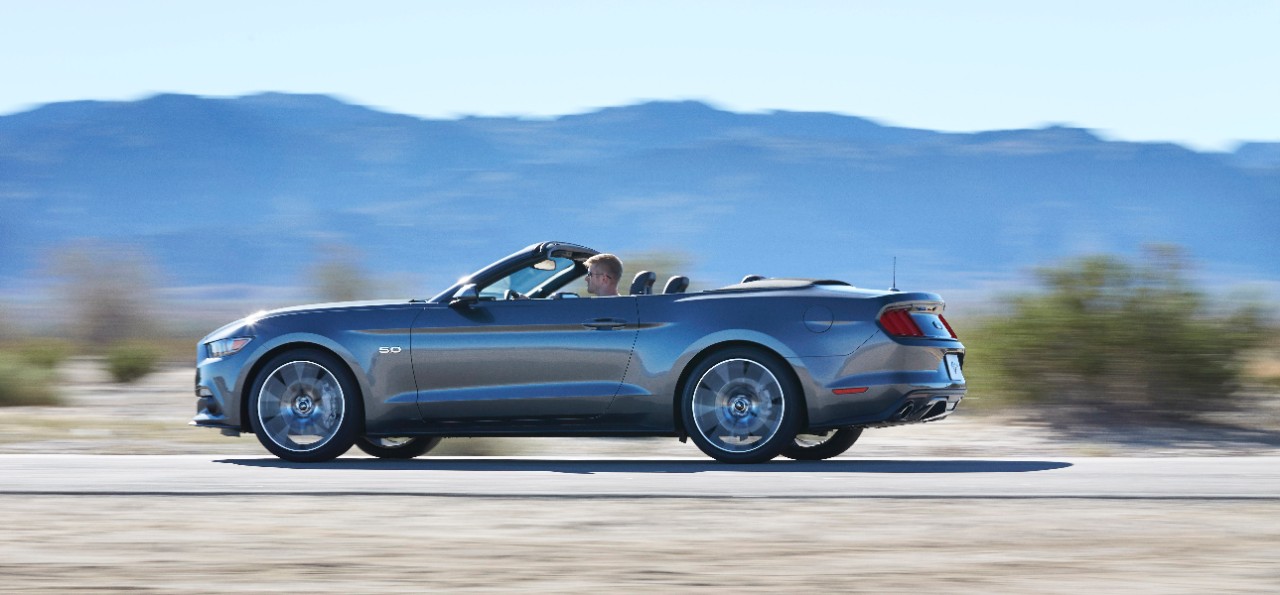Ford Motor Co. (NYSE: F) was battered and bruised in the final minutes of trading on Monday after the company’s annual investor day was shown to have a featured guidance under expectations. The company’s guidance was offered out to 2020 for over 50% higher deliveries than in 2013, but the near-term projections got in the way.
24/7 Wall St. first thought that perhaps Ford’s management misunderstood how the news would be reacted to. The company did admit that near-term numbers were under expectations, but the manner in which this occurred simply does not jive with how management in a company like Ford would have operated under Alan Mulally. While the reaction may have been more pronounced due to the timing of the data released, analysts have piped in here — mostly with downgrades to their price targets or earnings estimates.
Ford sees its growth rising from 6.2 million deliveries in 2013 to as much as 9.4 million deliveries in 2020. Ford also talked up its aluminum body heavy pickup trucks and the new Mustang as being boosters. Unfortunately, Ford is now expecting to lose $1.2 billion this year in Europe and $250 million there next year. Russia was assigned part of the blame for that. Asia is a boost, with Ford looking for a $700 million profit this year and improving results in 2015. In North America, Ford is expecting profit margins to be in the 8% to 9% range for this year — with recall costs weighing on those margins.
ALSO READ: Credit Suisse High-Quality Strong Momentum Stocks to Buy
Here is what analysts are saying about Ford.
Sterne Agee analyst Michael Ward reduced estimates for Ford while maintaining a Buy rating and a $20 price target. Ward said:
We have reduced our 2014 earnings to $1.15 per share, down from $1.35 per share to reflect a third quarter warranty accrual ($0.10 per share) and a lower industry environment in Russia and in South America ($0.10 per share). We have reduced our 2015 estimate to $1.75 per share, down from $2.00 per share and we lowered our 2016 assumption to $2.00 per share, down from $2.15 per share. Our lower estimates in 2015 and in 2016 reflect reduced assumptions in North and South America.
The brokerage firm Craig-Hallum decided the news bad enough that it merited an outright downgrade. The firm dropped its rating to Hold from Buy and downgraded the price target to $17 from $20.
RBC Capital Markets maintained its Sector Perform rating, but the firm lowered its price target to $16 from $19 in the call. If you consider that the implied upside was almost 20% if you include the dividend here, that Sector Perform rating was better than some of the other Buy equivalent ratings. How solid does the report “Dearborn Downer” sound?
Credit Suisse maintained its Neutral rating but slashed the price target to $15.50 from $18 in the call. The firm’s Dan Galves called it a major guide-down that further erodes confidence in earnings power. The downgrade included earnings per share targets cut as follows: 2014 to $1.11 from $1.32; 2015 to $1.62 from $1.85 and 2016 to $1.75 from $1.90.
Merrill Lynch’s John Murphy maintained his Buy rating and $20 price target, but said that short-term pain is here for a long-term gain. Murphy said:
Despite softer near-term forecasts, we view Ford’s 2020 targets as fairly consistent with our expectation for earnings power in the $2.00 to $3.00 per share range by the end of the decade. In aggregate, the company forecasts 2020 pretax margin of 8% to 9%, with more balanced regional contributions.
Ford shares closed down 7.5% at $15.11, and the volume including after-hours trading came to more than 80 million shares. Ford shares were down more than 1% in early indications, but the stock seems to have stabilized in early trading indications around the $15.10 level. This is against a 52-week trading range of $14.42 to $18.12, and Ford’s consensus analyst price target for its stock was $19.83 prior to any changes after the drop.
ALSO READ: 8 Analyst Stocks Under $10 With Massive Upside Calls
The Average American Has No Idea How Much Money You Can Make Today (Sponsor)
The last few years made people forget how much banks and CD’s can pay. Meanwhile, interest rates have spiked and many can afford to pay you much more, but most are keeping yields low and hoping you won’t notice.
But there is good news. To win qualified customers, some accounts are paying almost 10x the national average! That’s an incredible way to keep your money safe and earn more at the same time. Our top pick for high yield savings accounts includes other benefits as well. You can earn up to 3.80% with a Checking & Savings Account today Sign up and get up to $300 with direct deposit. No account fees. FDIC Insured.
Click here to see how much more you could be earning on your savings today. It takes just a few minutes to open an account to make your money work for you.
Our top pick for high yield savings accounts includes other benefits as well. You can earn up to 4.00% with a Checking & Savings Account from Sofi. Sign up and get up to $300 with direct deposit. No account fees. FDIC Insured.
Thank you for reading! Have some feedback for us?
Contact the 24/7 Wall St. editorial team.




